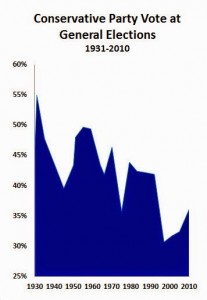Present negative trends in China’s financial system and economy were accurately predicted by me three years ago as occurring if there was any influence of policies of the World Bank Report on China.
While China has made major steps forward in areas such as the Asian Infrastructure Investment Bank and New Silk Road (‘One Belt One Road’) unfortunately in some areas World Bank policies did acquire influence. As predicted they led to present negative trends.
There should also be clarity. China has the world’s strongest macroeconomic structure so these trends will not lead to a China ‘hard landing’. But they are a confirmation that no country, including China, can escape the laws of economics. As long as there is any influence of World Bank type policies, which are also advocated by Western writers such as George Magnus and Patrick Chovanec, there will be problems in China’s financial system and economy.
The article I wrote in September 2012 which was published under the original title ‘Fundamental errors of the World Bank report on China’ is republished without alteration.
The World Bank’s report China 2030 has, unsurprisingly, provoked major criticism and protest. I have read World Bank reports on China for more than 20 years and this is undoubtedly the worst. So glaring are its factual errors, and economic non-sequiturs, that it is difficult to believe it was intended as an objective analysis of China’s economy. It appears to be driven by the political objective of supporting current US policies, embodied in proposals such as the Trans-Pacific Partnership.
Listing merely the factual errors in the report, of both commission and omission, as well as the elementary economic howlers, would take up more column inches than are available to me. So what follows is just a small selection, leaving space to consider the possible purpose of such a strange report.
The report has no serious factual analysis of the present stage of China’s economic development. On the one hand it is behind the times and “pessimistic”, saying China may become “the world’s largest economy before 2030”. This is extremely peculiar as, by the most elementary economic calculations, (the Economist magazine now even provides a ready reckoner!) China will become the world’s largest economy before 2020.
On the other hand, the report greatly exaggerates the rate at which China will enter the highest form of value added production. As such, the report calls for various changes in China, and bases its calls on the rationale of “when a developing country reaches the technology frontier’. But China’s economy, unfortunately, is not yet approaching the international technology frontier, except in specialized defence-related areas. Even when China’s GDP equals that of the US, China’s per capita GDP, a good measure of technology’s spread across its economy, will be less than one quarter of the US’s. Even making optimistic assumptions, China’s per capita GDP will not equal the US’s until around 2040, by which time China’s economy would be more than four times the size of the US’s! Put another way, China will not reach the technology frontier, in a generalized way, for around three decades, so this rationale can’t be used to justify changes now.
























